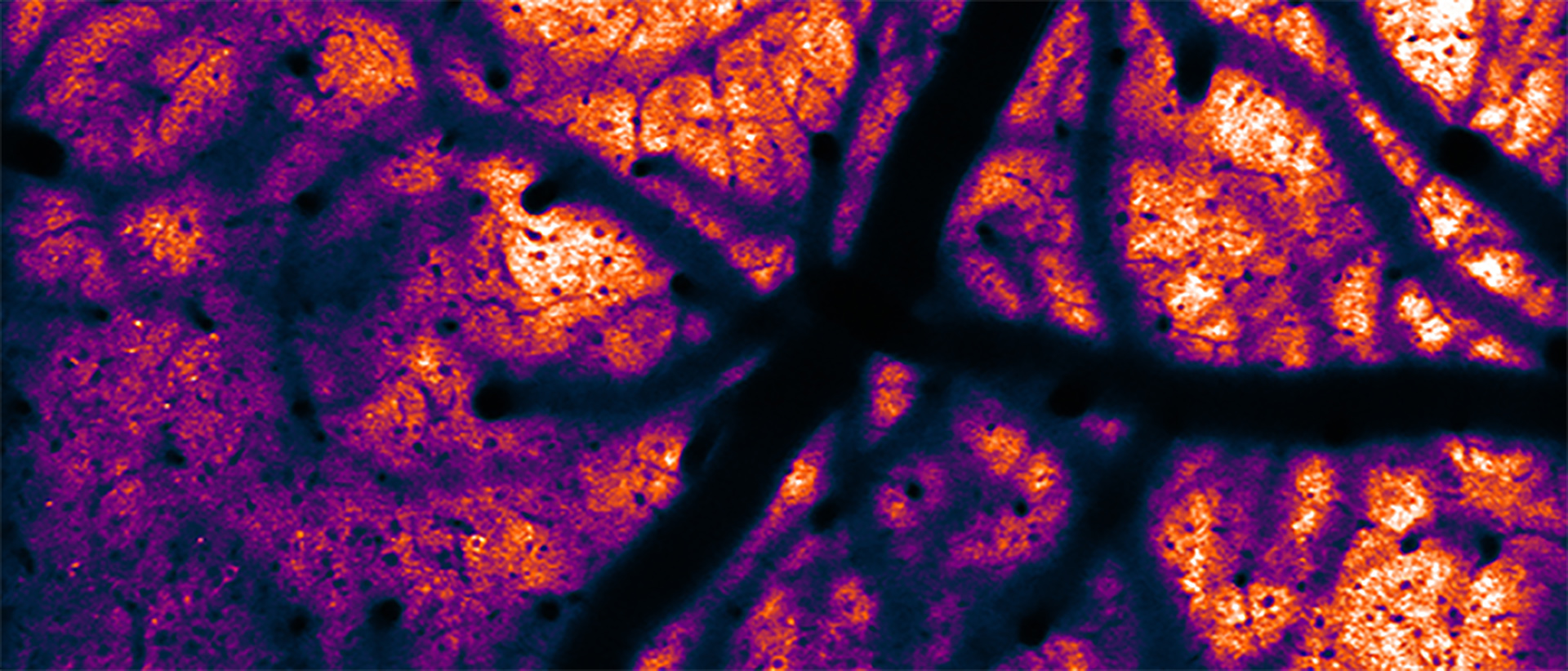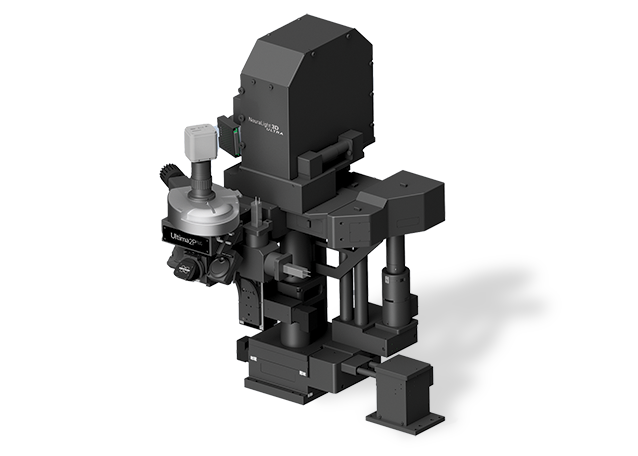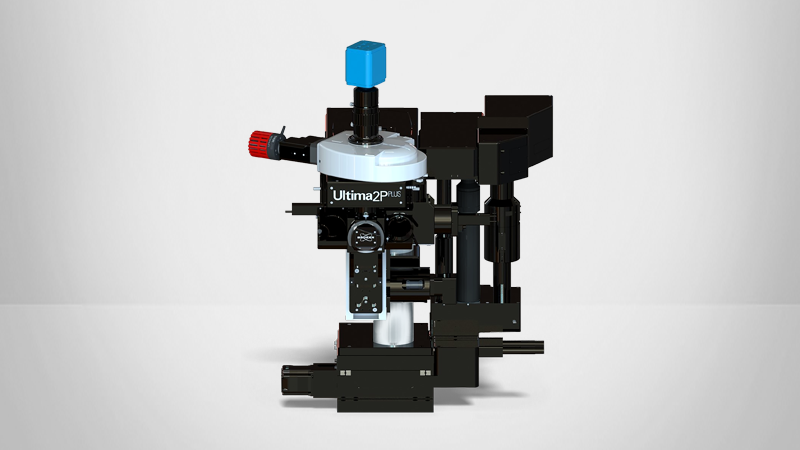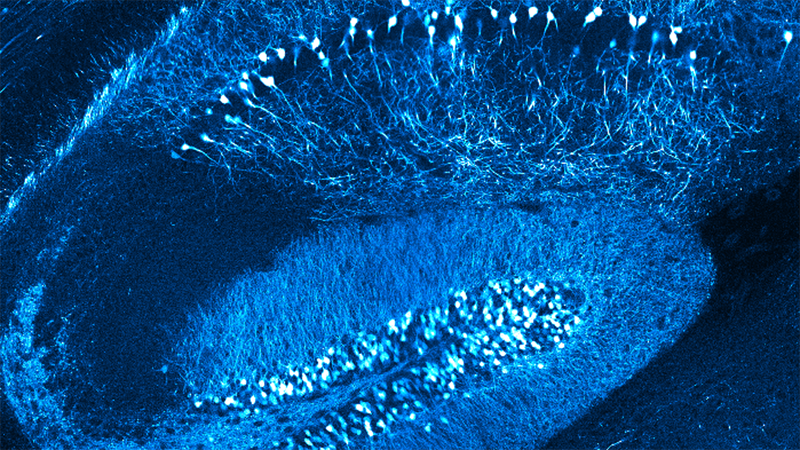

Exploring in vivo Neural Circuit Activity with Simultaneous All Optical Manipulation and Recording
Spatial light modulator for the exploration of neural networks
Gain first-hand insights into how spatial light modulators can be used for exploring neural networks with simultaneous optical stimulation and imaging. Dr. Adam Packer explains his use of multiphoton microscopy technology in awake-behaving mice with data to back up the validity and effectiveness of this approach.
Webinar Summary
In this webinar, Dr. Packer reviews his recent work in which he utilized a Spatial Light Modulator (SLM) interfaced to a multiphoton microscopy system to simultaneously use optical stimulation and optical recording to study neural networks. A major benefit of the use of the SLM is that tens of neurons can be simultaneously stimulated while imaging neuronal activity in a field using a calcium indicator.
Dr. Packer explores the use of SLMs for studying neural networks, with data demonstrating the validity of the approach. He also discusses how the use of SLMs with multiphoton microscope systems will impact future research on neural networks in vivo and awake-behaving animal paradigms.
Related Products and Technologies
Guest Speaker
Dr. Adam Packer
Wellcome Trust Sir Henry Dale Fellow, University of Oxford
Dr. Packer has over 15 years of experience designing, building, and optimising multiphoton microscopes to expand their capabilities, with specific expertise in optogenetics, calcium imaging, multi-cell targeted photostimulation, digital holography, and software development. He studied neuroscience and biomedical engineering at MIT before completing a PhD at Columbia University with Dr. Rafael Yuste. As a Marie Curie Fellow at University College London in Dr. Michael Häusser’s lab, Adam developed a new approach using two-photon imaging and optogenetics to both readout and manipulate neural circuit activity in vivo. He has a strong interest in technology dissemination and accessibility, with a track record of combining experimental, computational, and theoretical approaches to design experiments and analyse data to understand structure and function in neural circuits. His research group is based at University of Oxford and uses all-optical interrogation techniques he has helped pioneer to investigate neural coding principles in behaving animals.


